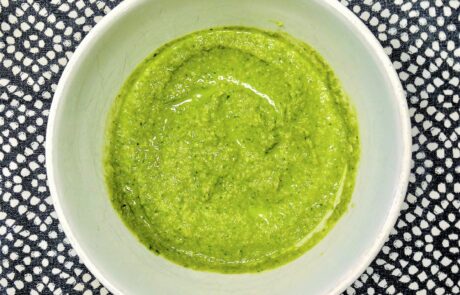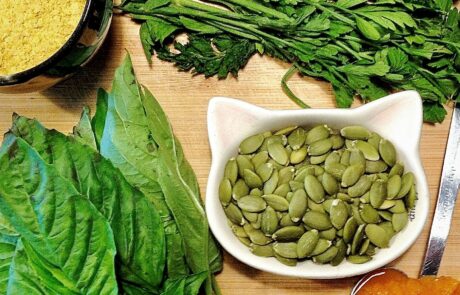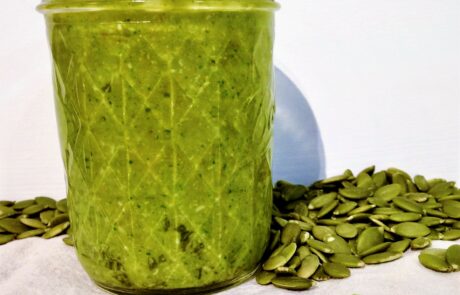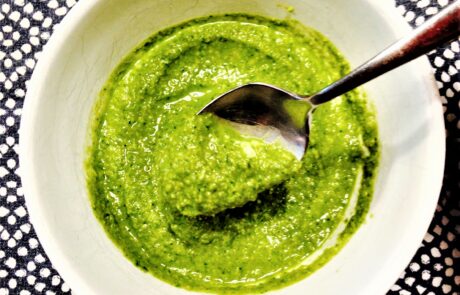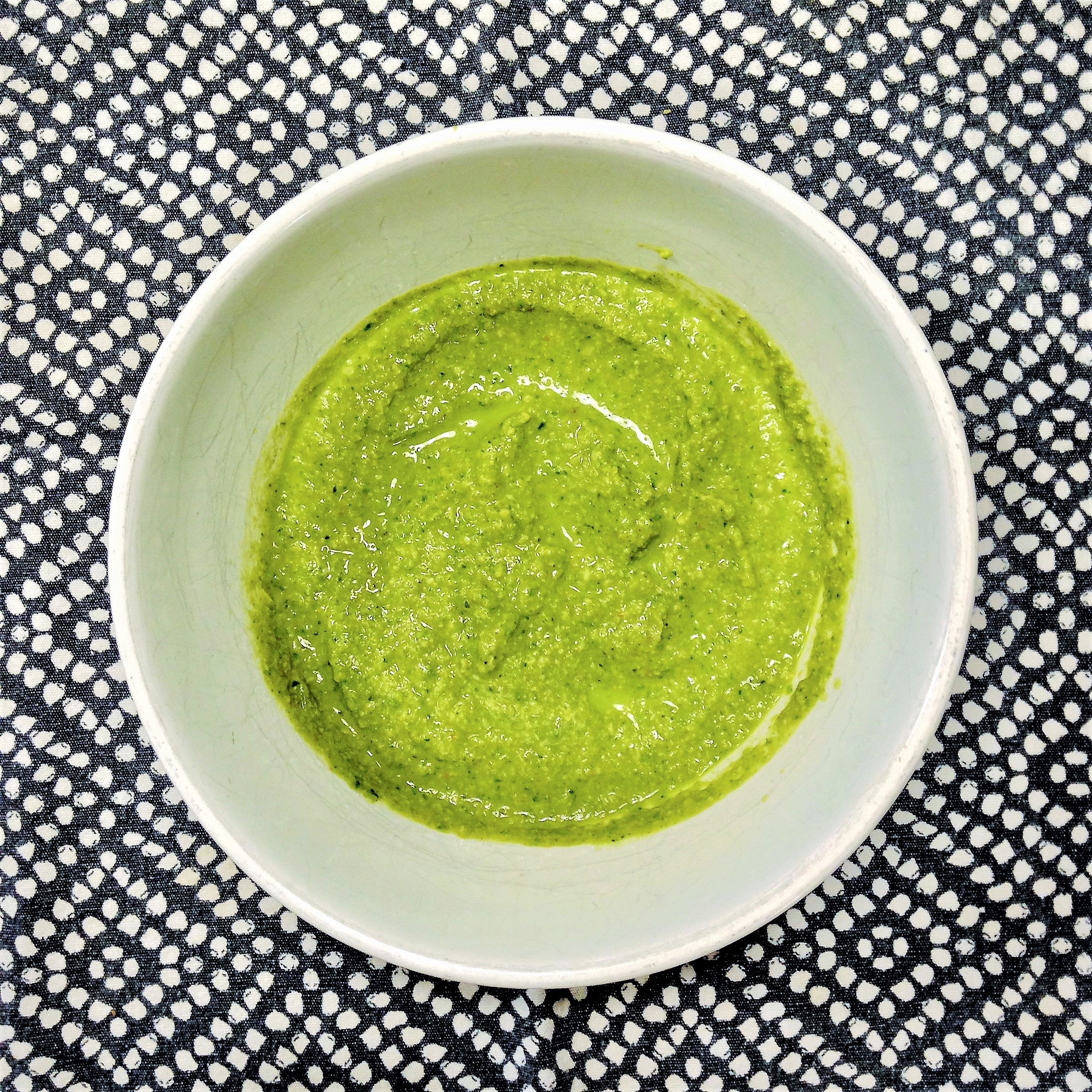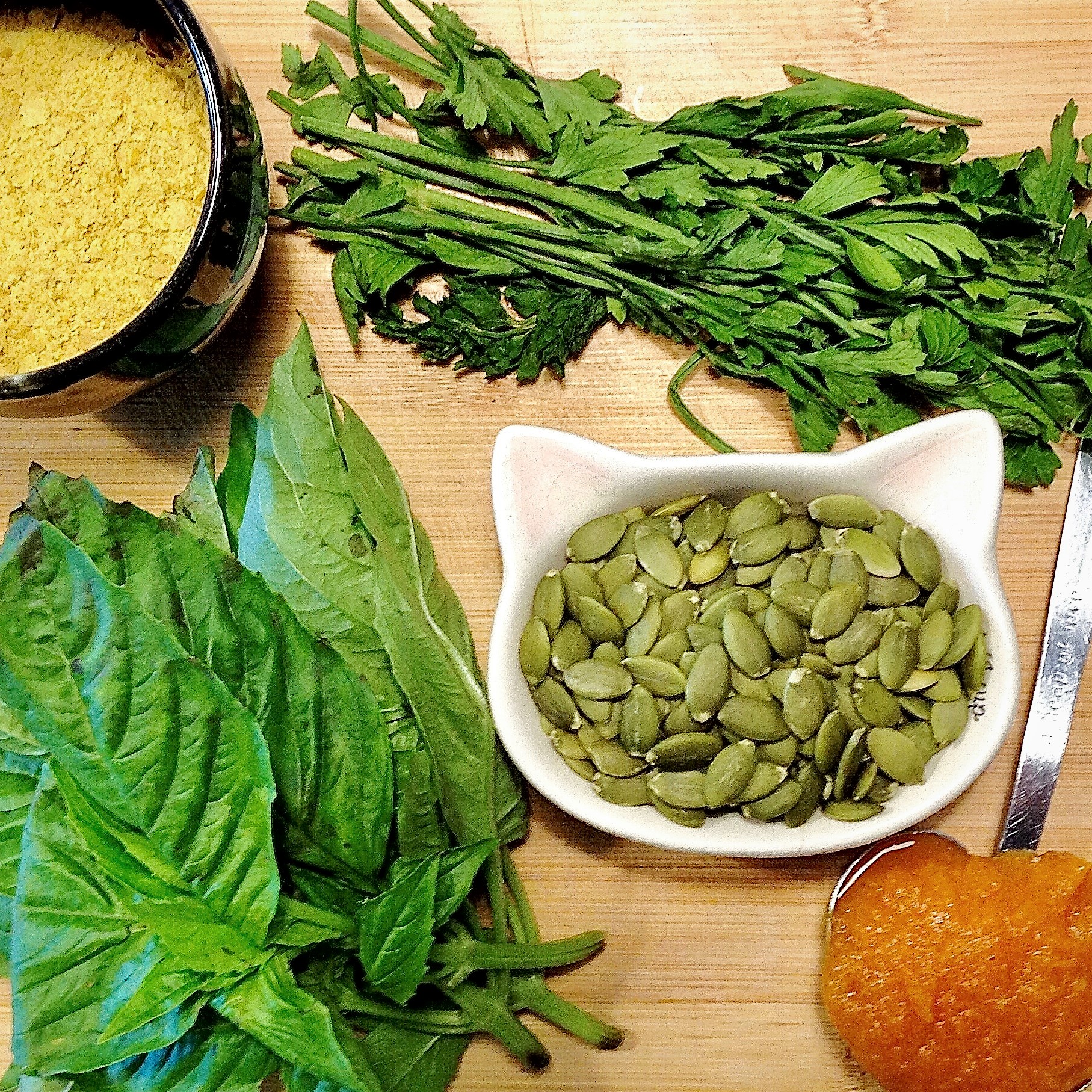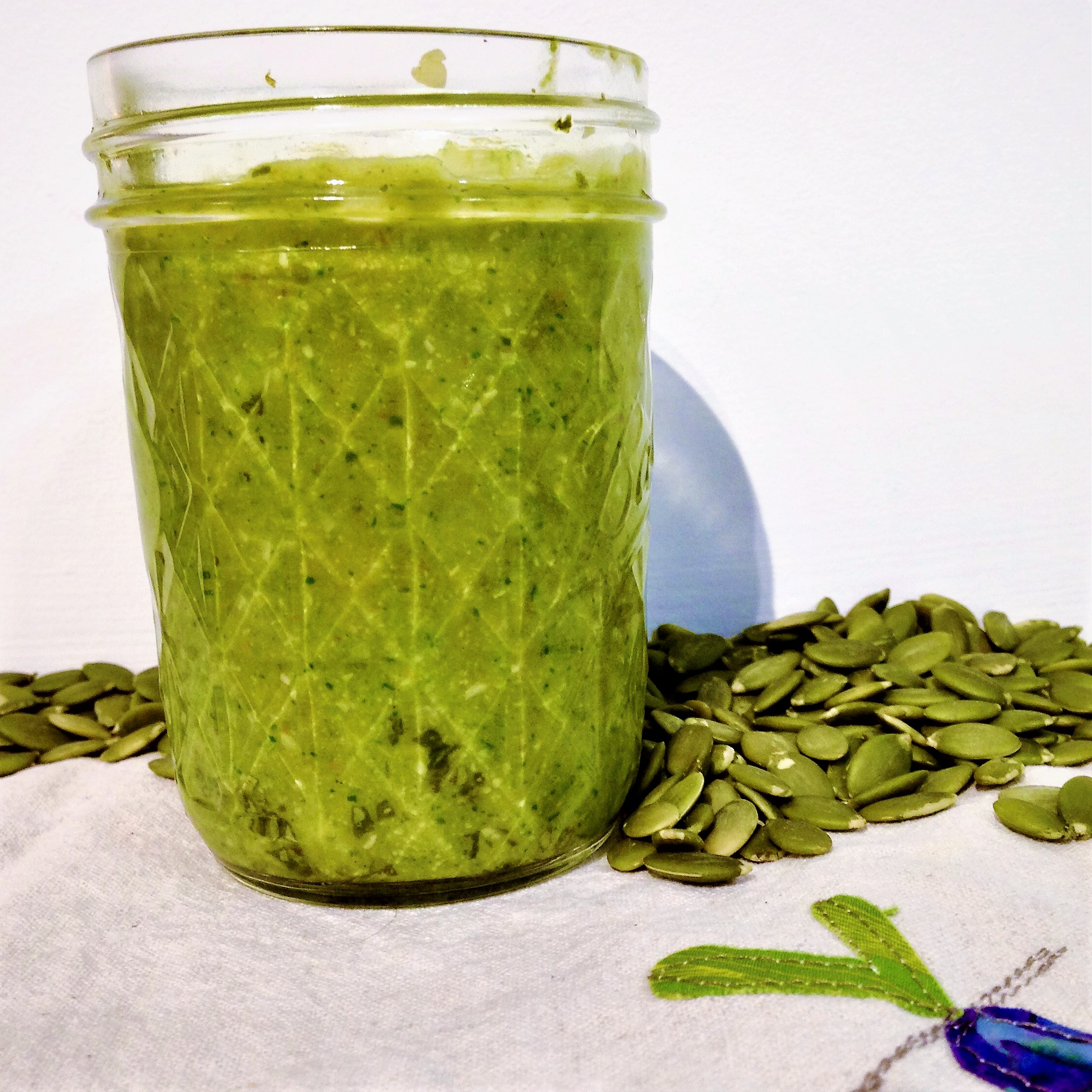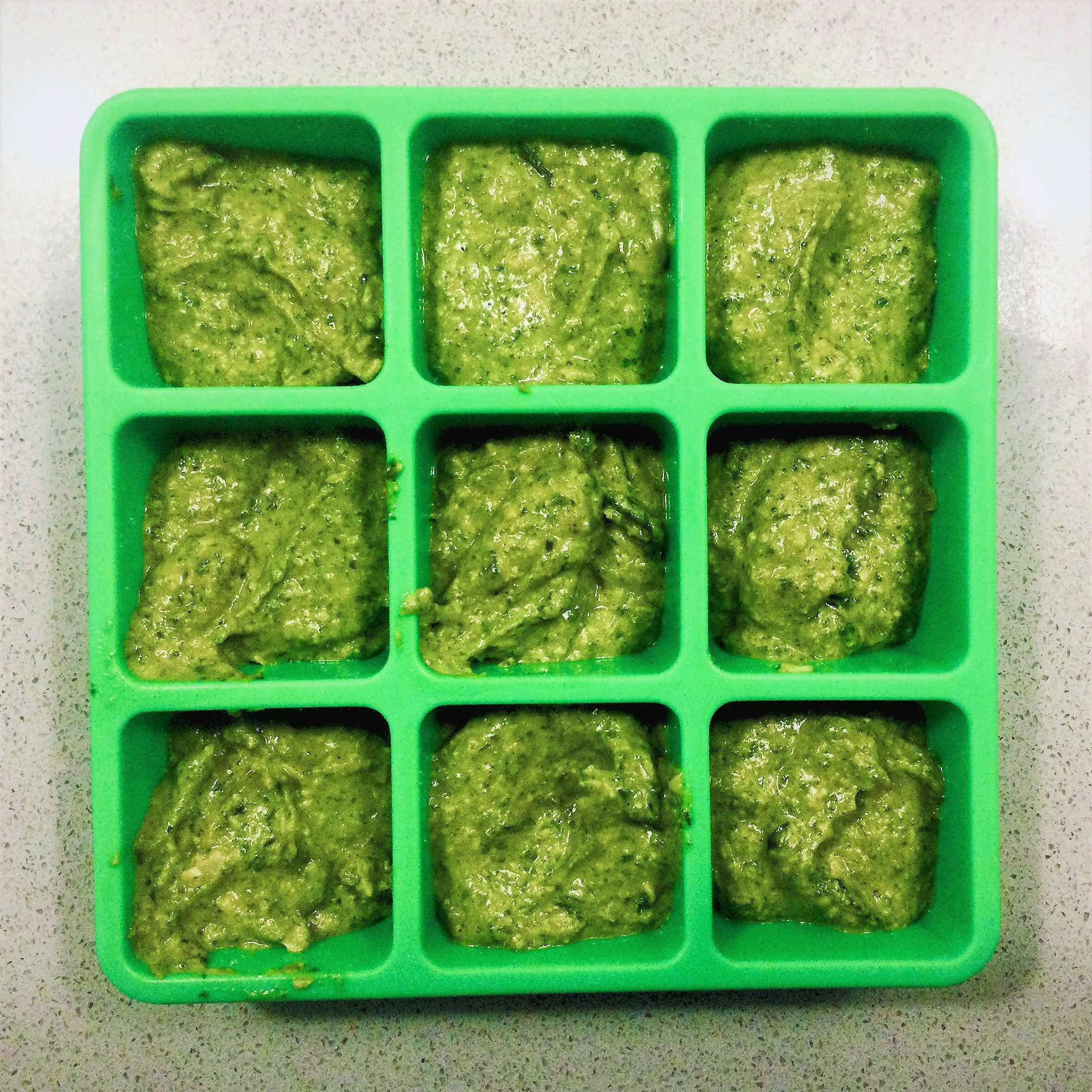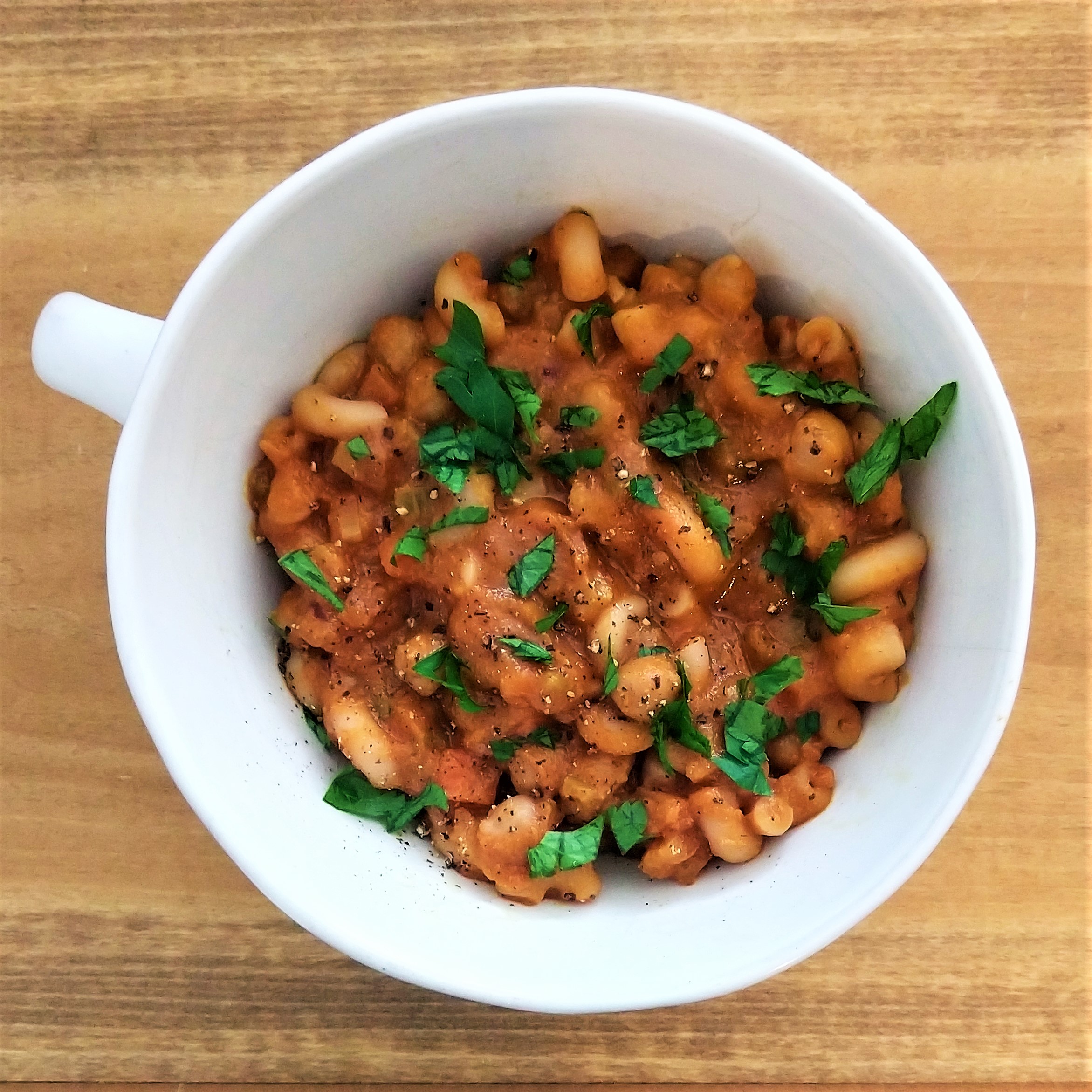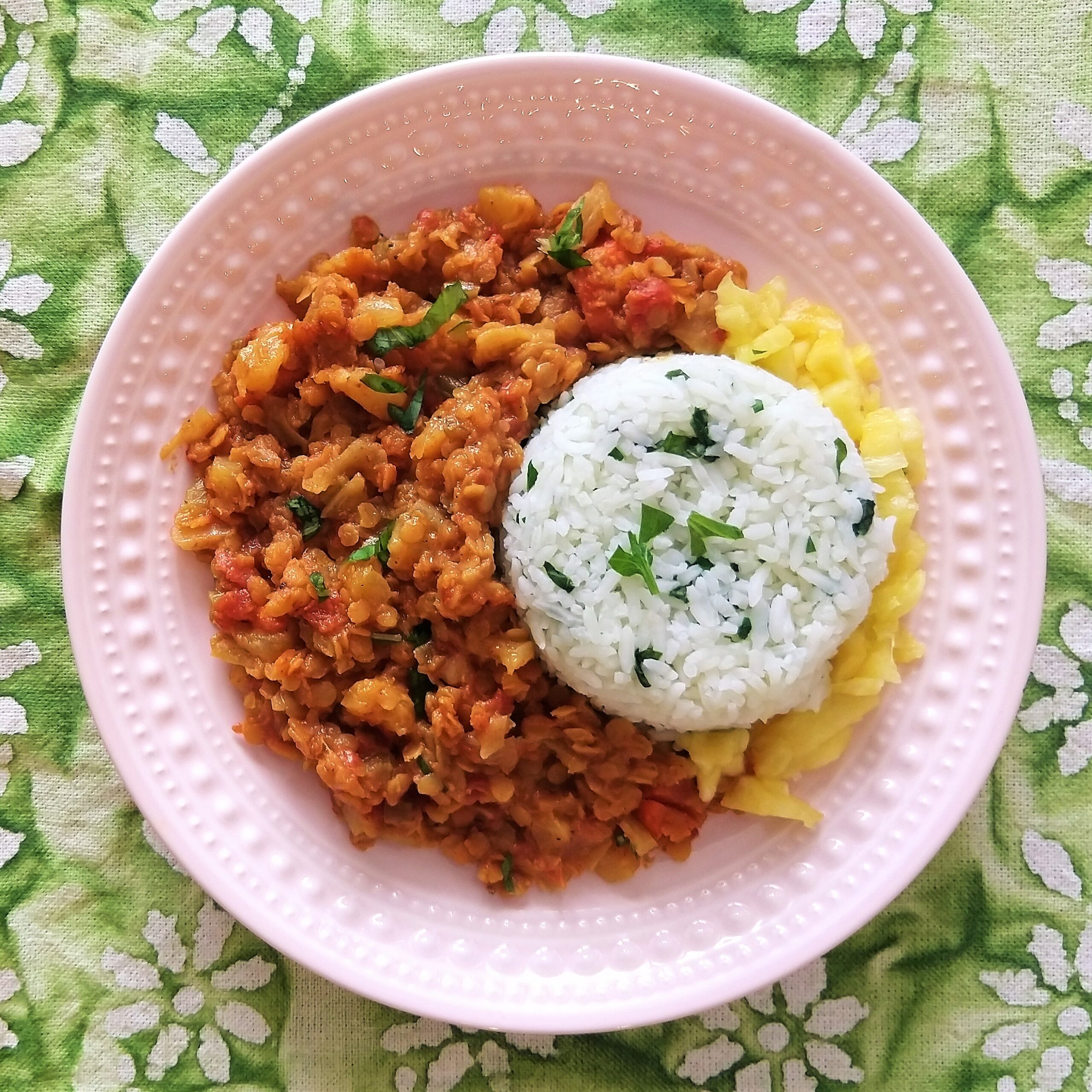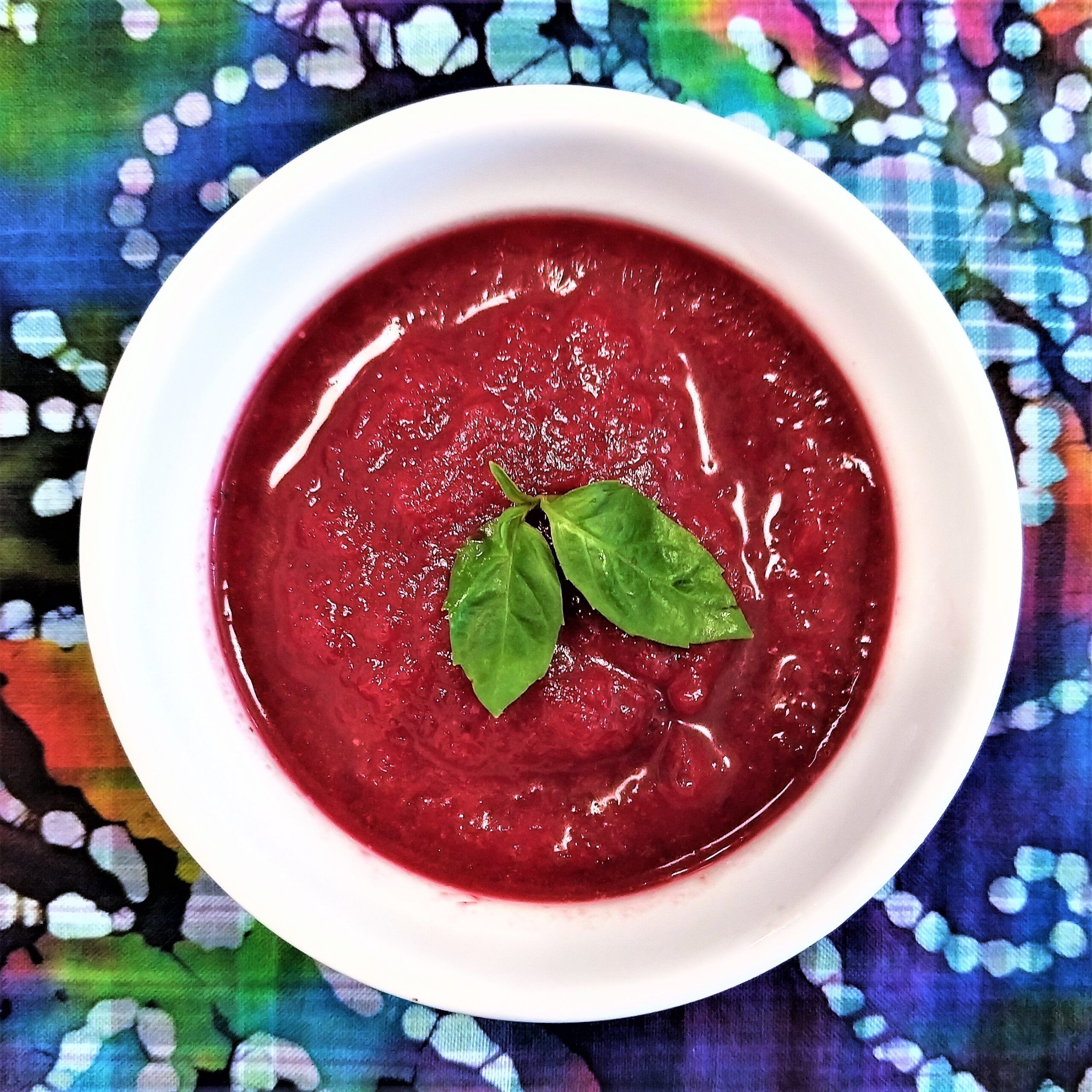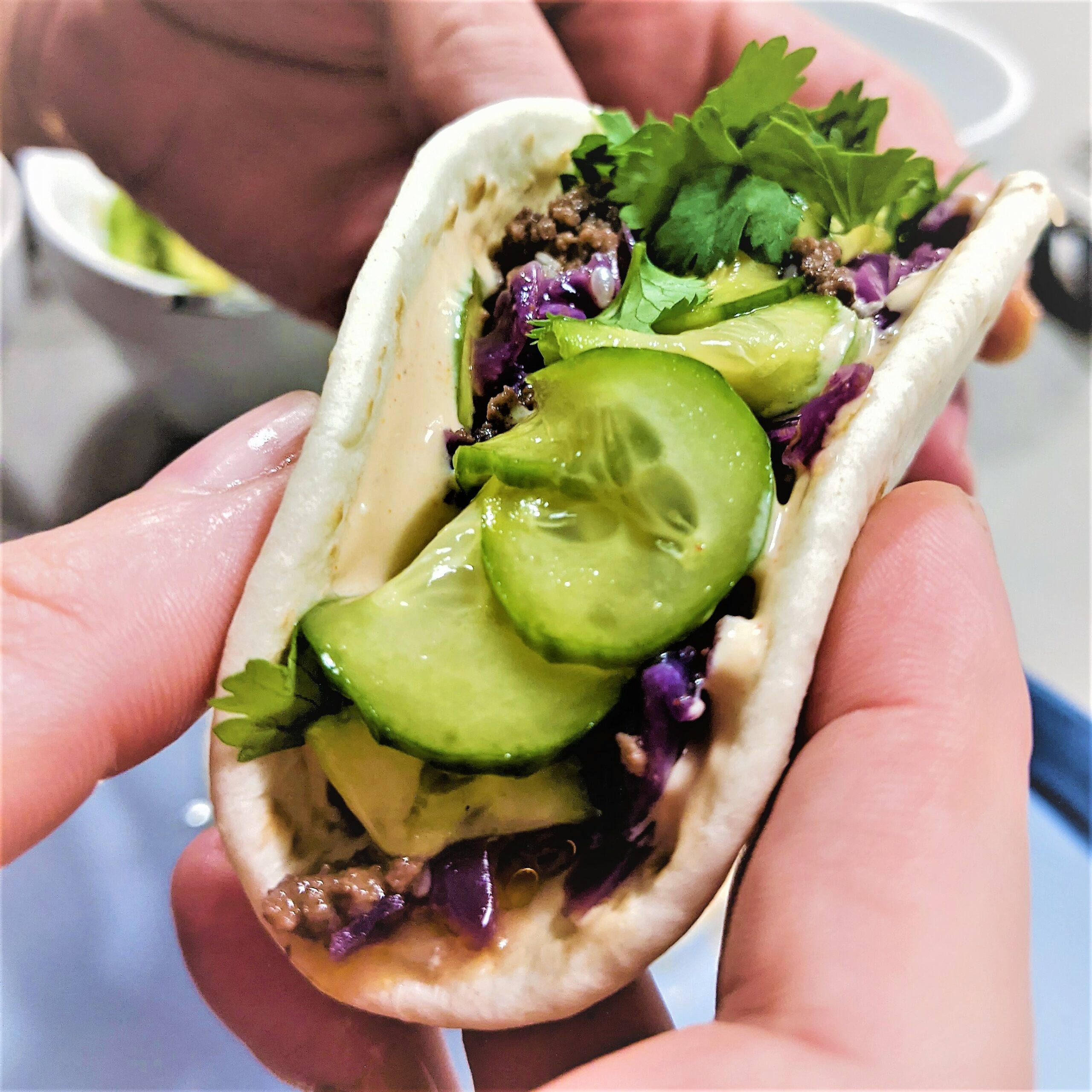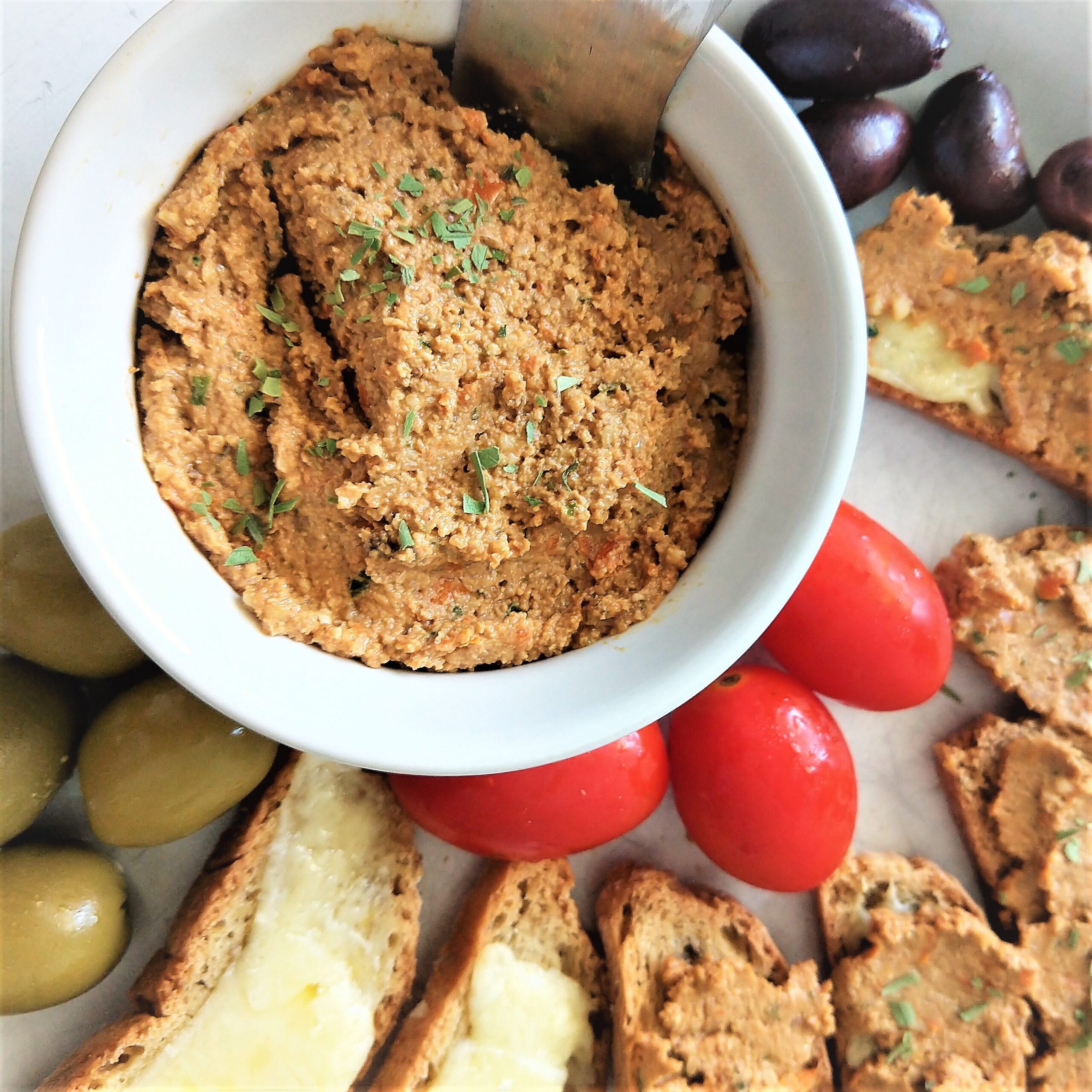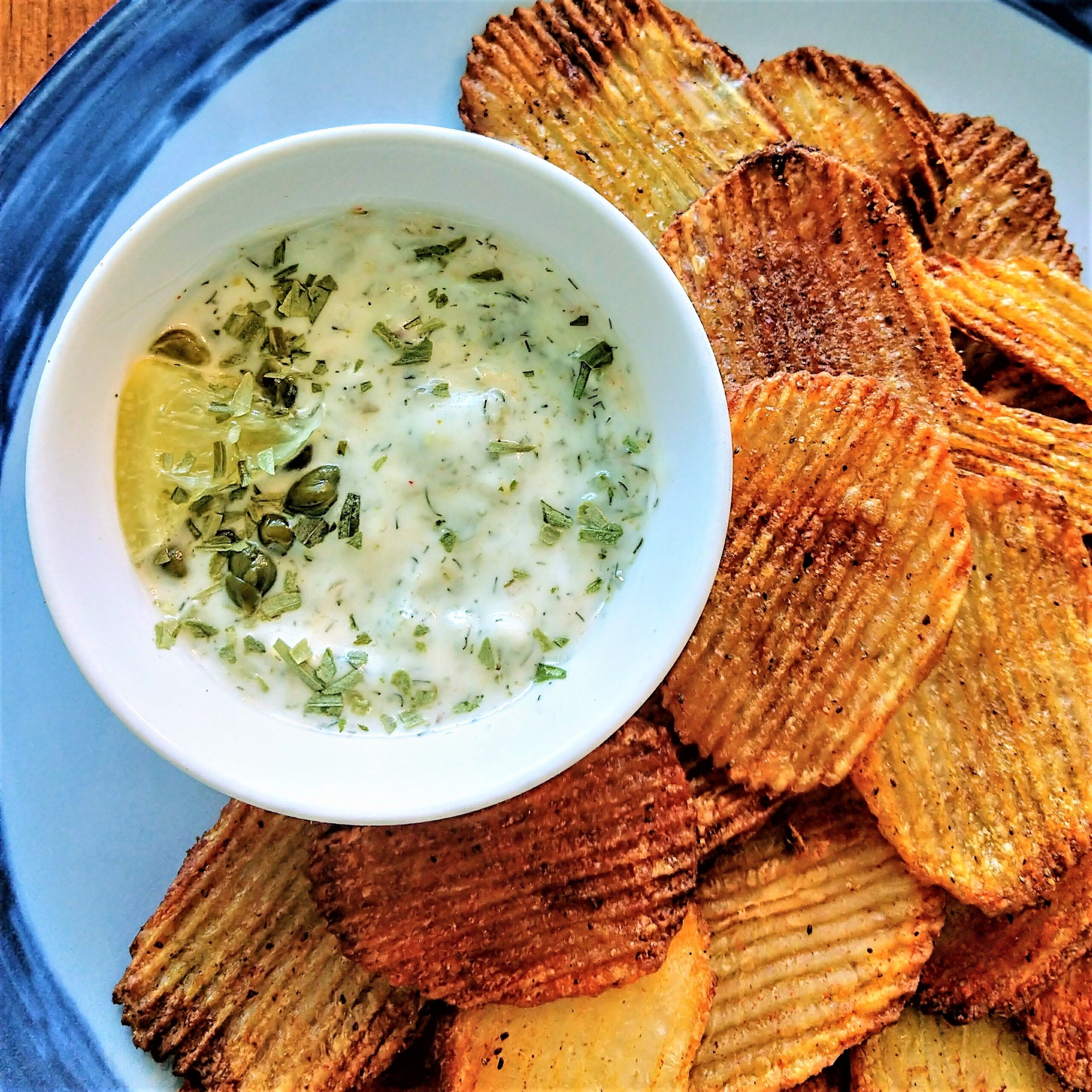As Americans, we usually think of pesto in the green, garlicky Genovese style, but there are heaps of variations throughout Italy. I love traditional pesto (and Sicilian pesto agli agrumi), though the olive oil and cheese make it a Deceptively Indulgent Sauce. This pesto, while still creamy and flavorful, offers a low fat, low acid option intended to be gentler on digestion.
Boyfriend is allergic to pine nuts, which are traditionally used in pesto alla genovese. We were out of our usual alternatives (almonds, cashews, pistachios, walnuts) but had plenty of raw pepitas-style pumpkin seeds on hand. We ended up preferring them over walnuts, and they are much cheaper! After further experimenting with pumpkin, this pesto sauce tastes great paired with savory autumnal treats or topping filled pasta like tortellini.
SO CREAMY & SEEDY
Prep:
20 min
Blend:
5 min
Total:
25 min
Makes roughly 2 cups in volume. Servings estimated at ¼ cup (~50 ml), so 8 servings.
INGREDIENTS:
- ¼ cup raw pumpkin seeds
- 2 packed cups fresh basil*
- ½ cup pumpkin puree** (either prepared from fresh or make sure it is 100% canned pumpkin puree, not the pie filling with added sugars)
- ¼ tsp coarse salt
*If you don’t have your own plant, basil is pricey in your area, or find it hard to get fresh basil depending on the season, you can sub in 1 cup of alternative greens, such as arugula/rocket, baby spinach (with the stems removed), blanched kale, Italian parsley…just make sure you have around 1 cup of basil for flavor.
[Optional]
- ¼ teaspoon ground allspice – It added a nice, subtle grounding to the sauce, especially if not using olive oil at all, since olive oil can have the slight bitter, spicy tones to it like a wine can.
- ¼ cup nutritional yeast, which adds a nutty, cheese like flavor
- ¼ cup grated parmesan or pecorino sardo if you eat cheese and don’t have nutritional yeast.
**Skeptical about nixing the olive oil? Feel free to use ½ cup extra virgin olive oil instead of pumpkin, or ¼ cup pumpkin puree and ¼ cup extra virgin olive oil. One of best things about pesto is that it so easy to customize! The nutrition facts at the bottom of the post will tell you the ratios for the ½ cup pumpkin compared to ½ cup extra virgin olive oil.
STEP BY STEP:
MEAL IDEAS
- Omnivore: For one meal, we simmered cubed chicken breasts, minced garlic, plus carrot strips in garlic, and olive oil while cooking pasta at the same time. After the pasta was cooked, we tossed everything together with quite a bit of pesto (I prepared 2 servings of pasta). All in all, everything took less than 30 minutes. Shrimp would also be a good protein option.
- Vegetarian: This lean, green pesto tastes awesome with stuffed pasta like tortellini or ravioli, particularly cheese, mushroom and butternut squash varieties. A pasta dish with farfalle, cremini/porcini mushrooms, green peas, garlic and some freshly grated parmesan cheese makes some satisfying comfort food.
- Vegan: Besides suggestions full of pasta dishes, roasted chickpeas, cauliflower, garlic, pearl onions, and yellow bell pepper would be lovely tossed together with the pesto and served with pearled couscous, farro or rice. Pasta made with legumes can add a great boost of protein for plant-based diets.
If you are not planning to use all the pesto immediately, I recommend freezing it for future use (defrost in the fridge). Leftovers will be fine in the fridge for up to 48 hours.
NUTRITION FACTS: .5 cup pumpkin / .5 cup extra virgin olive oil
Number of Servings: 8
Fiber: 0.98 g / 0.6 g
Carbs: 2.72 g / 1.46 g
Calories per Serving: 19.22 kcal / 132.30 kcal
Sugar: 0.70 g / 0.7 g
Protein: 1.00 g / 0.85 g
Weight per Serving: 24 g / 20 g
Fats: 0.50 g / 13.93 g
Iron: 0.46 mg / 0.40 mg
All servings and nutritional measurements are approximate. These estimates are intended for information and guidance purposes only. Please consult a licensed nutrition or medical professional if you need assistance.
Gluten-Free and Vegan Disclaimer: All of the ingredients listed in this recipe are available in gluten-free and vegan versions. Please do your research and verify ingredient lists, as many products can have surprisingly hidden amounts of gluten that can impact those with Celiac Disease and gluten allergies. Likewise, vegans may need to verify if products contain hidden amounts of whey or animal derived ingredients.

